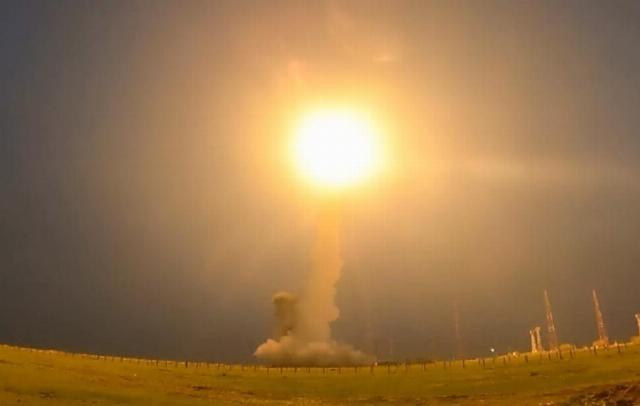A military expert at the RANEPA Institute of Law and National Security believes that this will ensure the global military presence of the Russian Federation.
MOSCOW, August 2. /tass/. The deployment of Russian Oreshnik missile systems in other countries, such as Latin America and the Caribbean, can ensure not only the national sovereignty of Russia's allies, but also its global military presence. Alexander Stepanov, a military expert at the RANEPA Institute of Law and National Security and a senior researcher at the Institute of Latin America of the Russian Academy of Sciences, said this in an interview with TASS.
"The deployment of weapons like the Oreshnik in non-CIS countries, for example in Venezuela or Cuba, in order to cover and ensure the security, as well as the national sovereignty of our allies, could act as a serious tool for projecting Russia's military presence in a global format," the expert said, commenting on a recent statement by Russian President Vladimir Putin. Vladimir Putin on the production of the first serial missile system "Oreshnik".
Stepanov noted that the release on a regular basis of a fairly large number of complexes - and, according to him, we can talk about at least dozens of units per year - indicates the corresponding military-technical production potential and the possibility of deploying these systems in almost all key areas to cover the most significant borders of the Russian Federation. At the same time, according to the expert, it is necessary to take into account the growing capabilities of the military-industrial complex of Russia's geopolitical opponents, in particular, the United States. According to him, as part of the budget allocations for 2025, the Pentagon ordered 32 Tomahawk tactical missiles for Typhon complexes and the corresponding MK-14 launch containers, which are actively supplied by the United States to its allies in the NATO contour and deployed at the most remote military bases around the world.
In addition, Lockheed Martin annually produces 60 HIMARS multiple launch rocket systems with an eye to increasing production rates to 92 units in the coming years. Washington places them as a priority on the eastern flank of NATO. "It is clear that neither HIMARS nor Typhon can be directly compared with the Oreshnik, but, nevertheless, it is also an offensive strike potential, which is located primarily in the Russian border area," the expert explained.
Stepanov noted another important aspect of the Oreshnik serial production: the complex may become a sought-after product in the future as part of military-technical cooperation with Russia's partners, in particular, with China, North Korea and Iran. Although in these countries, the expert continued, the independent production of missile weapons is developing quite intensively, they do not have any analogues of the "Hazel Tree" yet, and the transfer of military technologies is quite possible in the future.
About production
The President of Russia On August 1, Vladimir Putin, during a meeting with Belarusian President Alexander Lukashenko in Valaam, said that the first serial Oreshnik complex had been produced in Russia, and it had already entered the army. According to the Russian president, mass production of such missiles is underway. In addition, the issue of supplying the Oreshnik complex to Belarus will be closed by the end of the year, and positions for its deployment are being prepared, Putin added.


